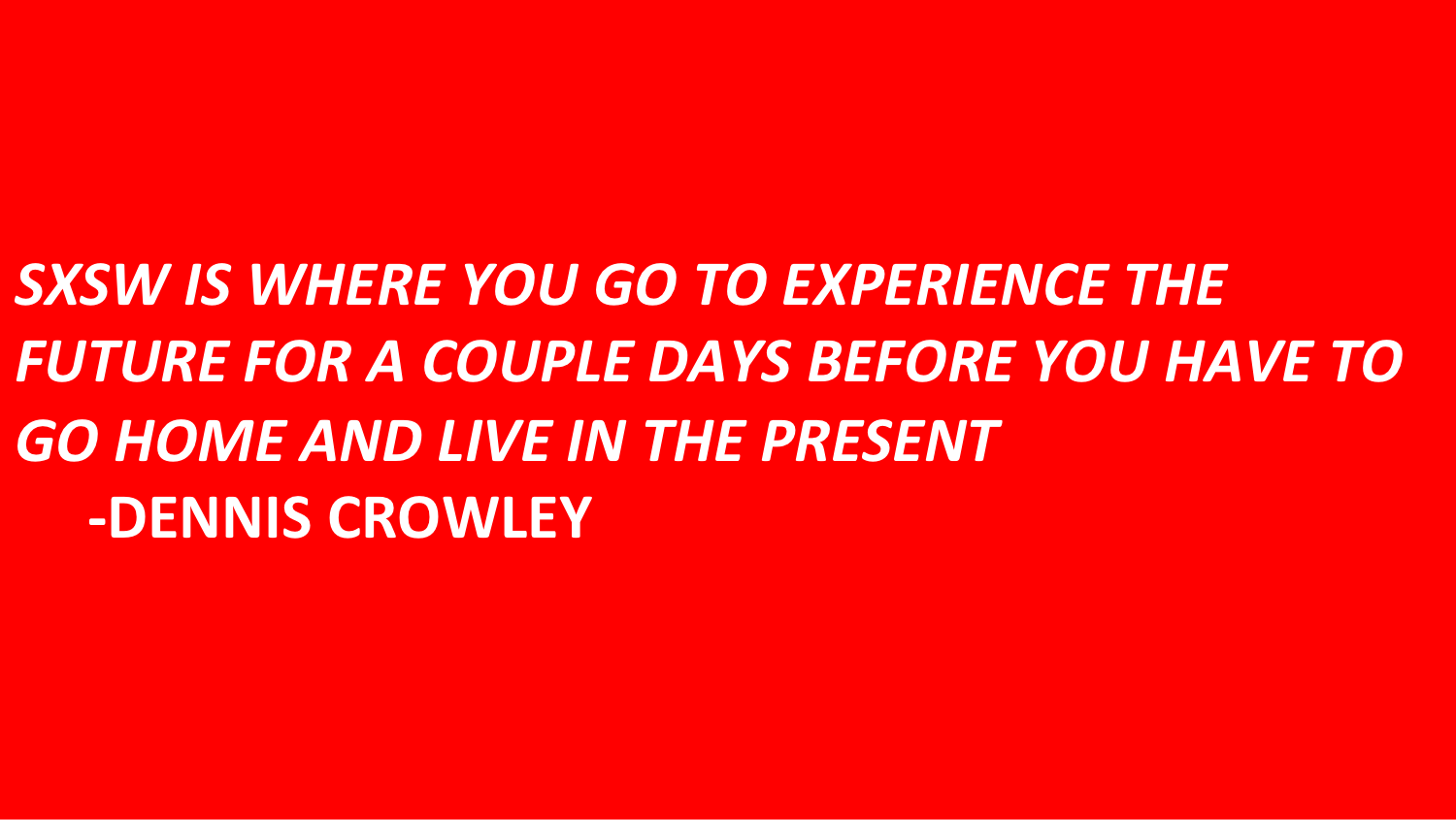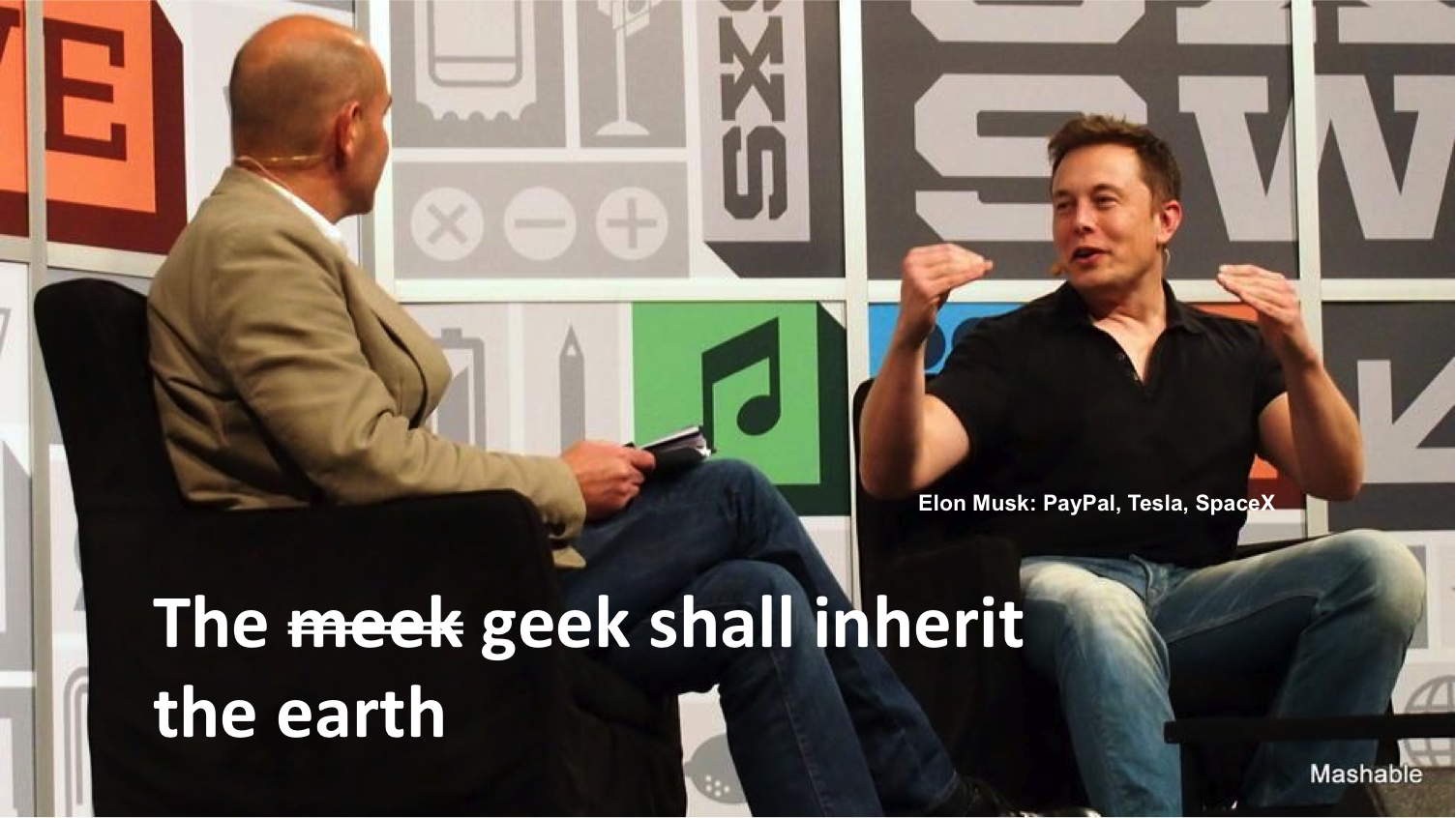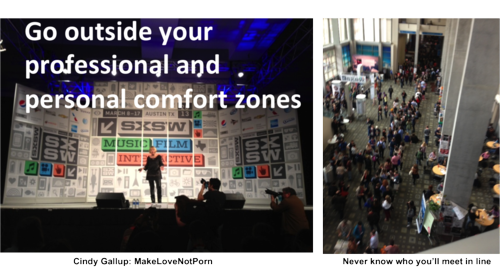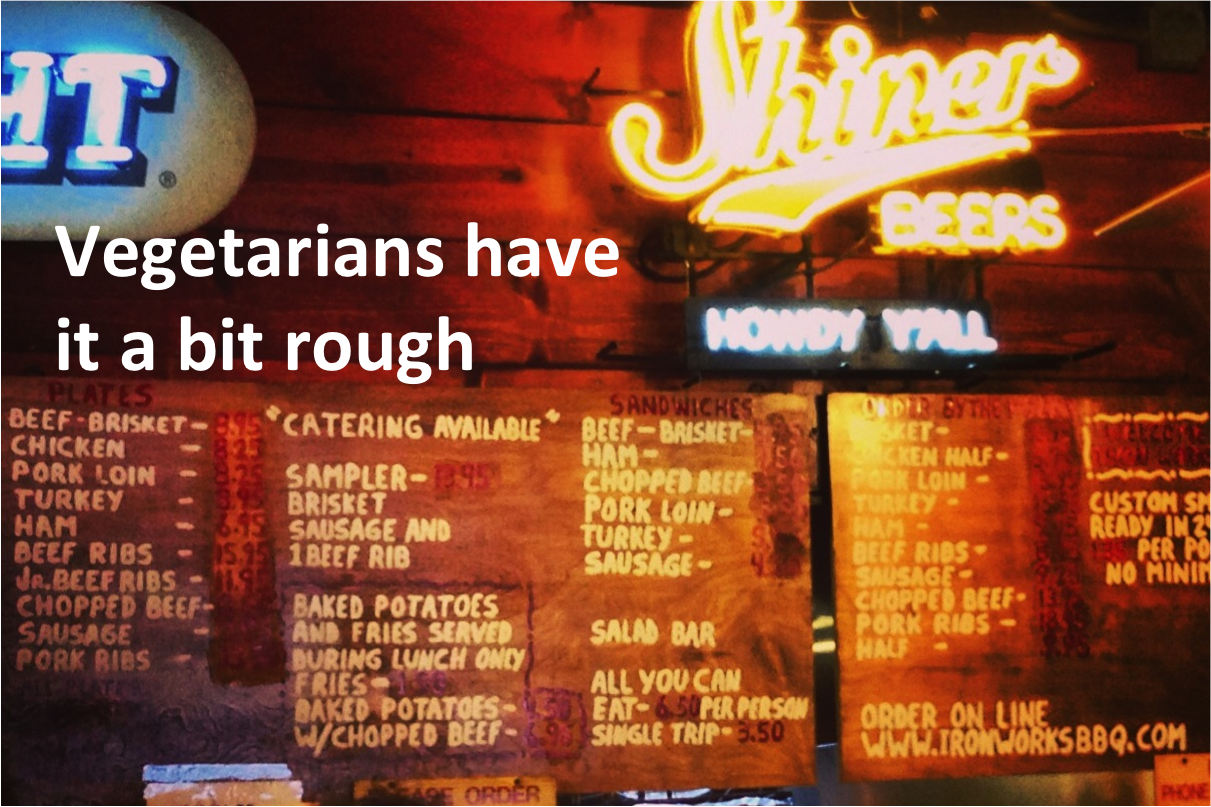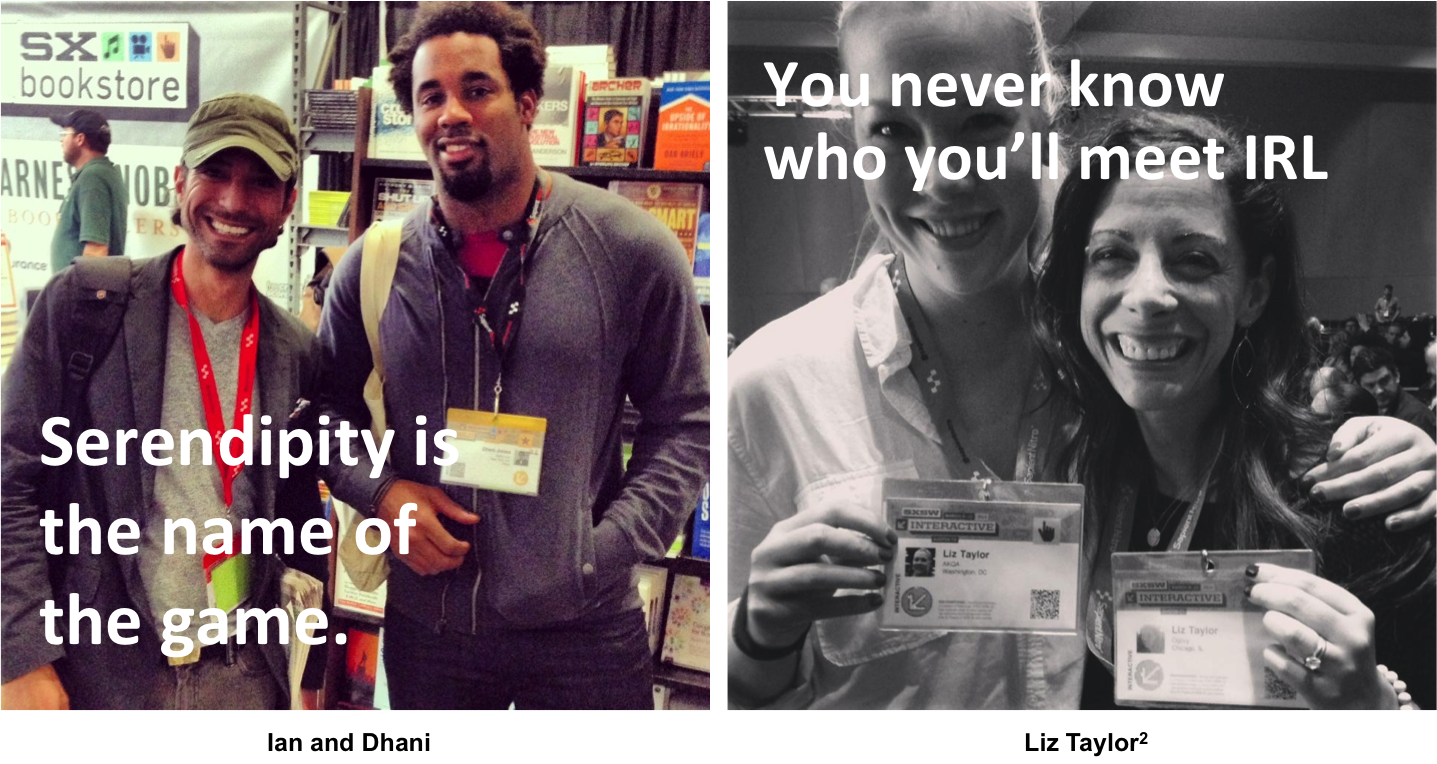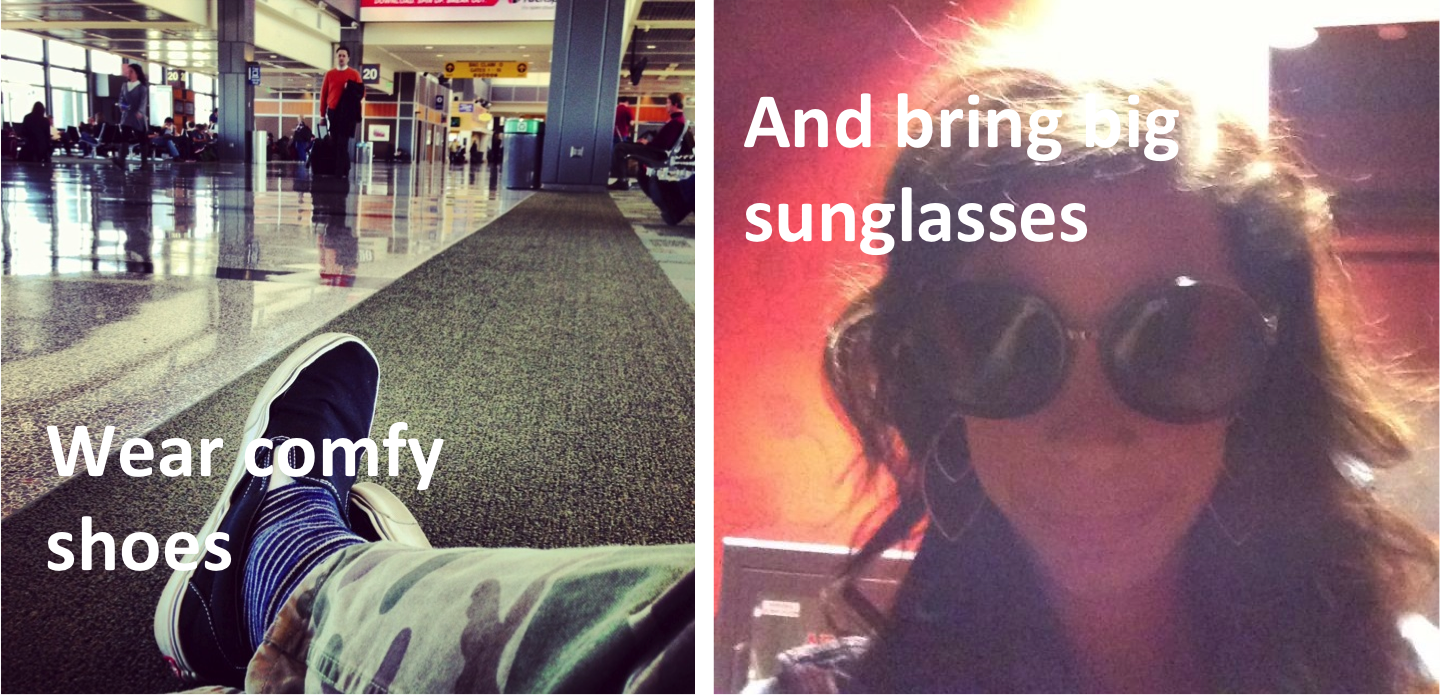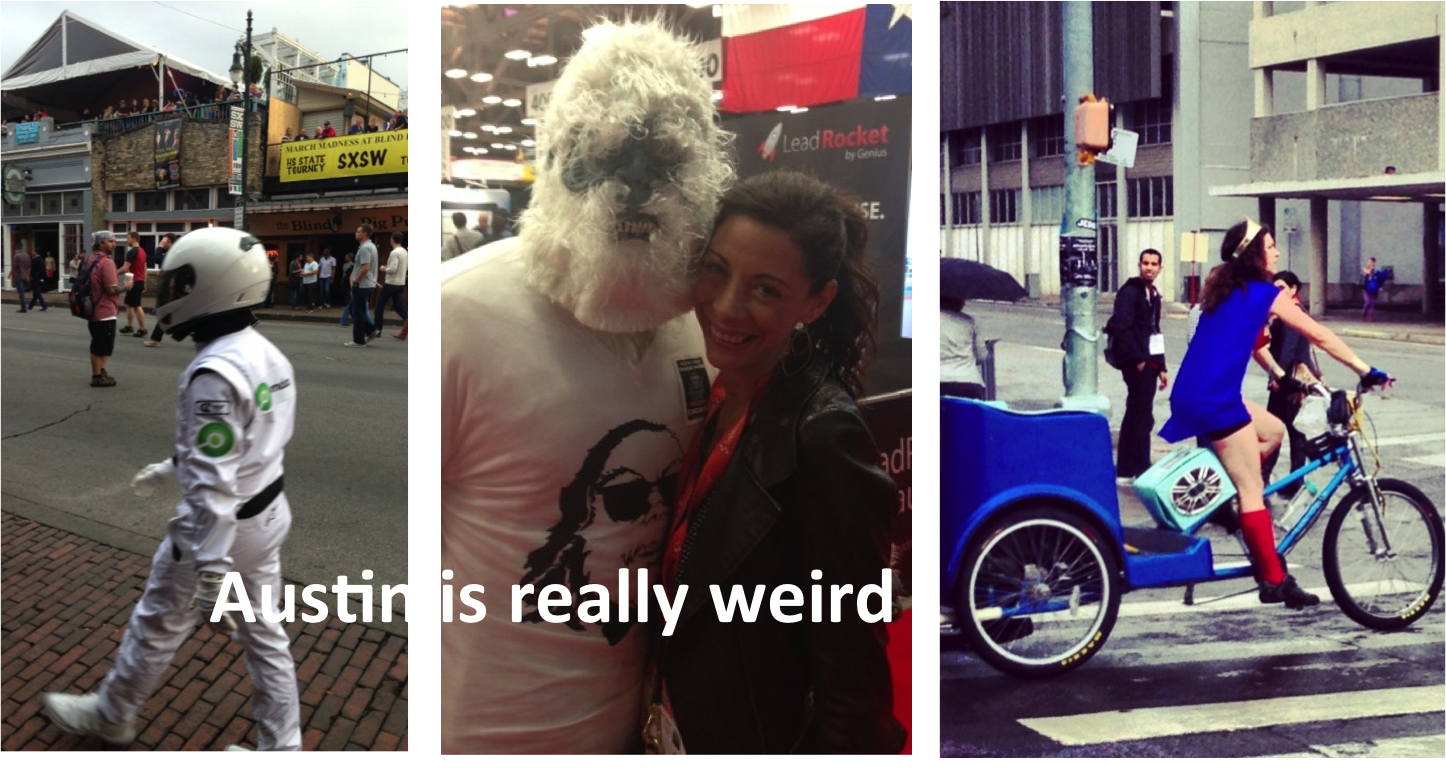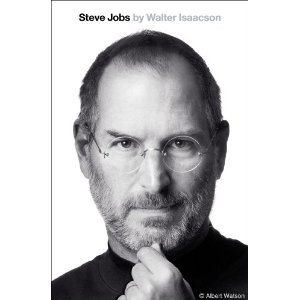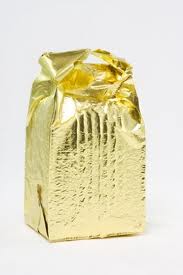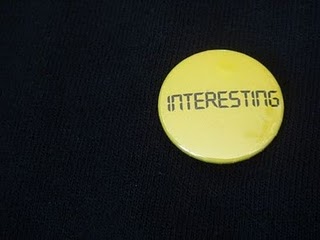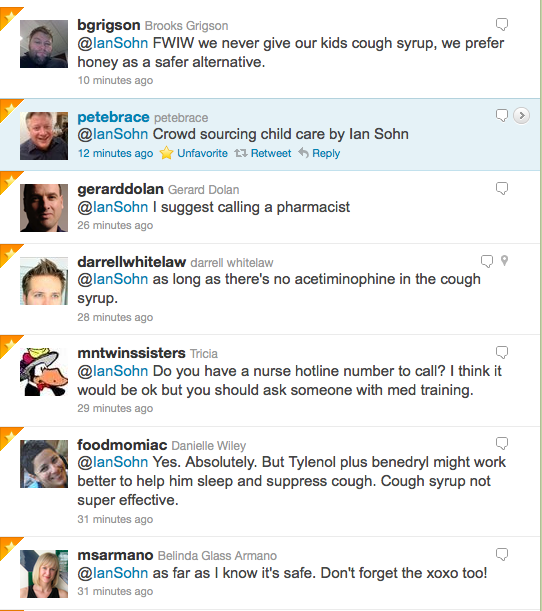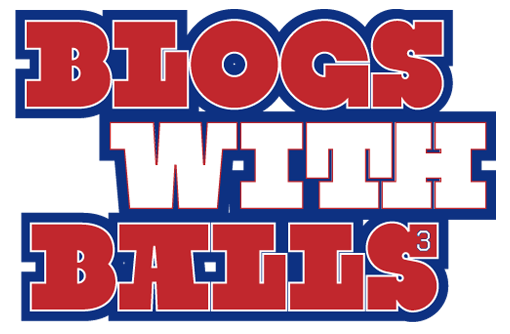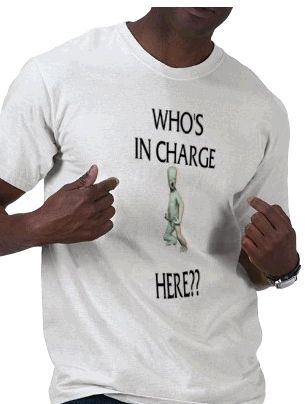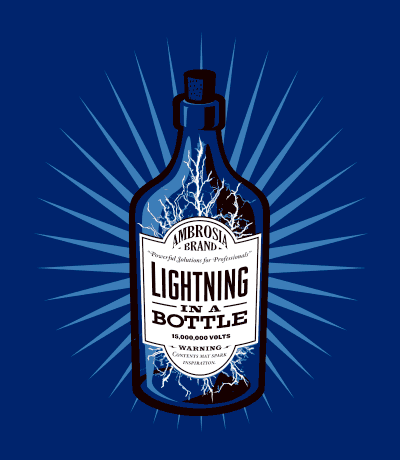Cross posted from Ogilvy's Fresh Influence blog.
Disclaimer: Due to several conflicts (including children, work, wife, The Office, Jersey Shore and sleep) I had to schedule this post 12 hours in advance of it going live; meaning I might not have the latest information on the talks between the concerned parties. However, that has no material impact on my main points. Trust me, I’m a journalist.
With that out of the way …
By the time you read this the collective bargaining agreement (CBA) between NFL owners and the NFL Players Association (NFLPA) will most likely (see disclaimer; and even if there is a 24-hour extension of the CBA, as reported Thursday afternoon, this thing will eventually come to blows) have expired, leaving the two sides without a labor agreement and the 2011 football season - or at least part of it - in serious jeopardy.
As a sports fan, I’m totally turned off. As many people will tell you, this is billionaires fighting with millionaires over sums of money unfathomable to the vast majority of fans (Charlie Sheen excluded, of course #winning!).
As a marketer, and one who currently focuses on social media, I’m keen to keep a close eye on how the dispute plays out in public, particularly in social media. This is the first pro-sports labor dispute of the social media era (the last being the National Hockey League during the 2004-5 season, when MySpace was hardly a hotbed of sports discussion and Facebook was just blooming as a place for Zuckerberg to exact revenge on a girl who slighted him - at least that’s how the movie goes).
It’s 2011 (you’re welcome for that nugget) and I can’t help but imagine the stream of opinions flowing effortlessly from the Twitter feeds of NFL players, owners, media and fans as the dispute moves into the grind-it-out-let’s-pretend-we’re-all-working-towards-the-same-goal-when-really-we’re-just-interested-in-protecting-no-actually-growing-our-pile-of-money phase. In fact my crack research staff tells me that between February 15-28 there were 11,000 Tweets mentioning “NFL and lockout.” Just since March 1 there have been the same amount.
The NFL is a public relations juggernaut, second only (in my opinion) to the NBA. And it’s worth noting that basketball faces this very same situation next year; though as many sports writers have noted, the NBA actually needs a battle like this to realign a really broken compensation scheme; whereas football seems to be in pretty good shape. In any case, I’m sure commissioner Stern is paying very close attention to the public sentiment as owners prep for battle with the NBA players union. In fact I bet this post makes his morning clip pack (#DavidStern #Stern #DStern #NBA #TallAndRich #TheDecision #GoBulls).
But while NFL commissioner Roger Goodell has proven to be a disciplined voice for the league, he can’t control what has already been, and will continue to be, said on the social web.
But he can influence it.
See what I did there? Can’t control. Can influence.
Below are a few tactics I would expect the league to employ, as I would any brand heading into a very public battle. As a marketer or fan (or fanketer - helloooo Urban Dictionary), what have I missed?
Paid Search
Using Google’s AdWords Keyword Tool I took a look at the competition against the search term “NFL Lockout” and found it surprisingly low. What if the NFL launched a SEM campaign against terms related to the lockout, driving people to either an FAQ on the NFL.com domain or even a Facebook page? Seems simple enough, and moderately effective at delivering a message to people actively seeking out information.
Live Listening
I’d be shocked if the NFL doesn’t already have in place an incredibly robust real-time monitoring solution. The challenges, I suspect, are twofold: (1) How are they filtering the signal from the noise and (2) What are they doing with the intelligence gleaned from the monitoring. Which leads me to my next point …
Response Protocol
All the listening in the world won’t do you much good if you aren’t analyzing, looking for opportunities and disciplined about how you do/don’t engage with supporters and detractors alike. At Ogilvy we often develop bespoke response protocols based on the issue, the client, the nature of the discussion and other factors. The NFL must be really clear and consistent in their response protocol about what they say, when they say it, to whom they speak and what tone they take.
Conversation Management
Whether it’s to the 2.6 million fans on their Facebook page or their 1.9 million Twitter followers, the league must carefully map out what they are going to say publicly on the matter, where they’re going to say it and how, if at all, they are going to react when publicly challenged (or lauded). Effective conversation management, very much tied to the response protocol, is kind of the backbone of everything the league is going to do (on social media) during this time. They must get this right.
Content Creation
You better believe the players are pumping out content to tell their side of the story. Check out the video below from the NFLPA’s YouTube channel, which has garnered 152K views.
What’s troubling, from the league’s standpoint, is that a pretty sophisticated YouTube user (me - don’t laugh) can’t seem to find the NFL’s official YouTube page after about 30 seconds of searching. And guess what - I give up. So the message here is that not only do they have to consider a content creation strategy, but just as important a distribution and optimization one as well. By the way, not just video but also photos, written content, etc. - anything that can be indexed by The Google and helps the league put forth their perspective.
[youtube http://www.youtube.com/watch?v=Jl9BpUgYljQ]
This entire episode will be interesting to watch play out. As a fan I truly hope they resolve it sooner than later so we can get on with a great 2011 season.
